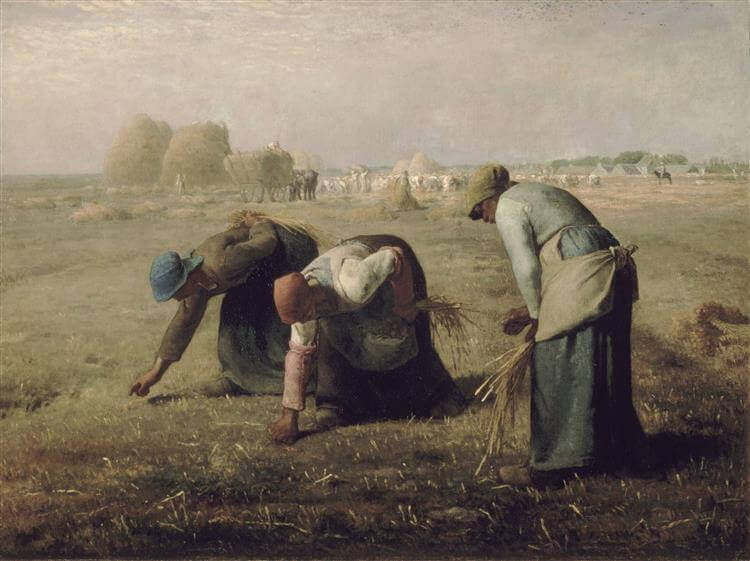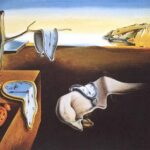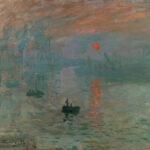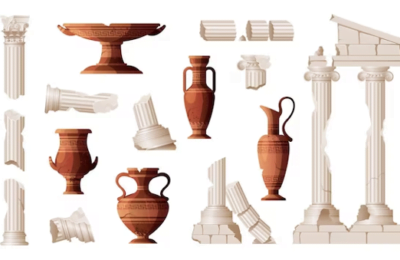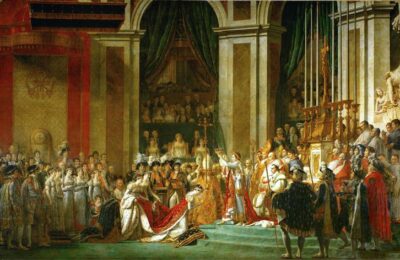Introduction to the Realism Art Movement
Realism is an art movement of the 19th century; the term realism was used from cave art to the realist artists. All of these were trying to attain resemblance and the same appearance in their paintings. Realism is based on Philosophy; this art movement reached its peak during the rulership of Napoleon III. This art movement’s main focus was to show the peasants’ sorrowful lives and the working class’s suffering conditions. Important artists that formed this art movement were Millet, Courbet, and Daumier.
The Rise of Realism: A Reaction to Romanticism
These three artists are the key artists of this art movement. Romanticism and realism despite the fact completely have feelings mixed with this art movement, which were taken from the traditions. Realism and romanticism are the essential part of one another. The Romantic artists’ main focus was on two things which are Their own emotions, and the particular thing that caused that emotion in the artist which can be in the works of Gericault, and Delacroix. Opposite to classism, Romanticism artists believed that such themes that are attractive or moving could be presented with both beauty and movement in the painting such works like “The Raft of Medusa’’ and the artwork “The Massacre Of Chois”.
Philosophical Foundations of Realism
Meanwhile, the realists moved forward and they were convinced that every theme of life can be presented with beauty. This was the reaction against the emotional artwork of the Romantics, The Realists stand firm that the reality must be presented objectively of the subject matter. The realists said that the facts of life are more important than the artists’ emotions. They were heavily influenced by the works of writers and philosophers such as Balzaoe, Zola, Mathus, and Ricardo. These artists had a new point of view on the paintings. The concept of realist art opened the new art field in the art world. They protested against the emotional injustice during that time.
Key Characteristics of this Art
The characteristics of this art movement The artists of this art movement wanted to depict accurate contemporary art. The artwork during this movement had intricate detailing. They wanted to present an accurate world that that an eye sees they didn’t want to represent an ideal representation of the world in their artwork. They wanted to present accuracy in their artwork by using a natural range of dark, mid-tone, and light colors that would be seen on that material/object. The artists used the Trompe-I’ oeil which is a trick of the eye in French in which artist uses the techniques like shadows, reflections, and textures to make the art seem real which made the objects seem real.
Millet, Courbet, and Daumier: Pioneers of Realism
The key artist of this movement is Millet whose work The Gleaners is the most artwork of this movement, His subject matter of the paintings were framers and peasants. Honore Daumier is also an important artist of this art movement paintings are third-class carriage and first-class carriage, usually the themes of his artworks are city themes like Beggars, street singers, actors, and laundry women. And at last Courbet and his most famous artwork is Young Woman on the Bank of Seine.
Conclusion
- The theme of this art movement was the life of the working class and peasants.
- The realists wanted to create an accurate world that the eye sees.
- Their artwork focused on the facts rather than the artist’s emotions.
- The Realists were inspired by various writers and philosophers.


